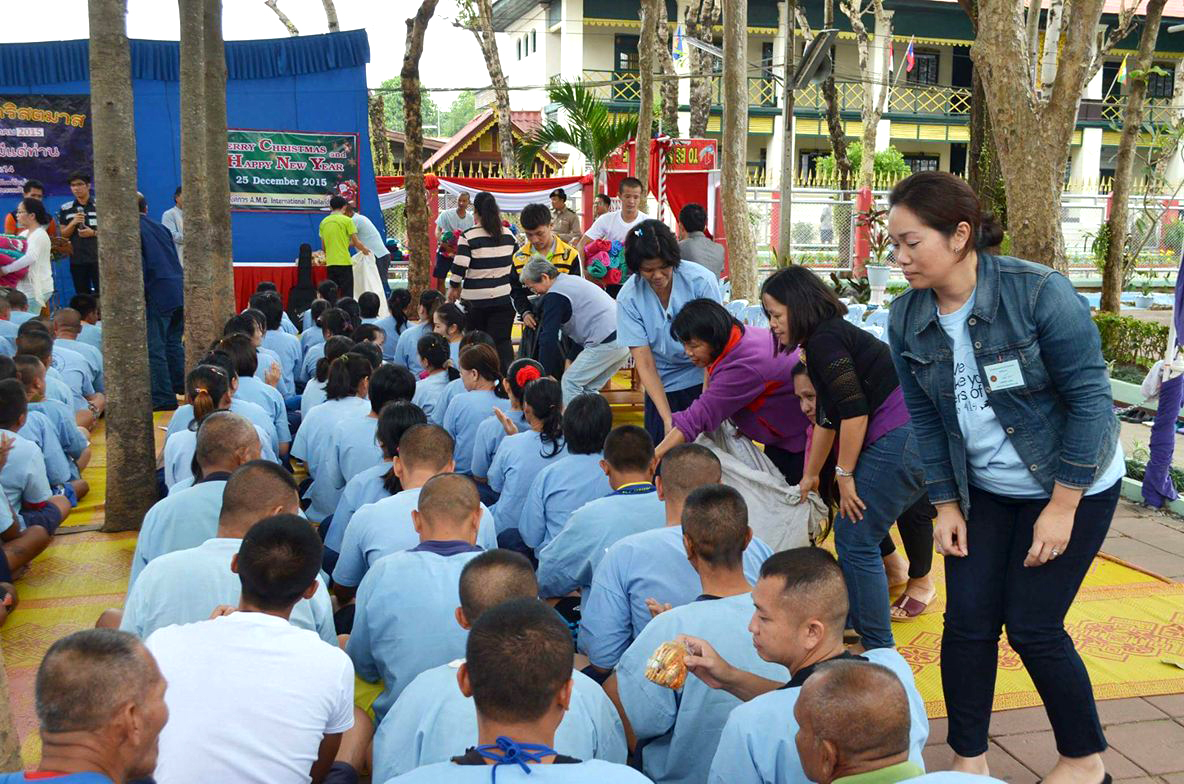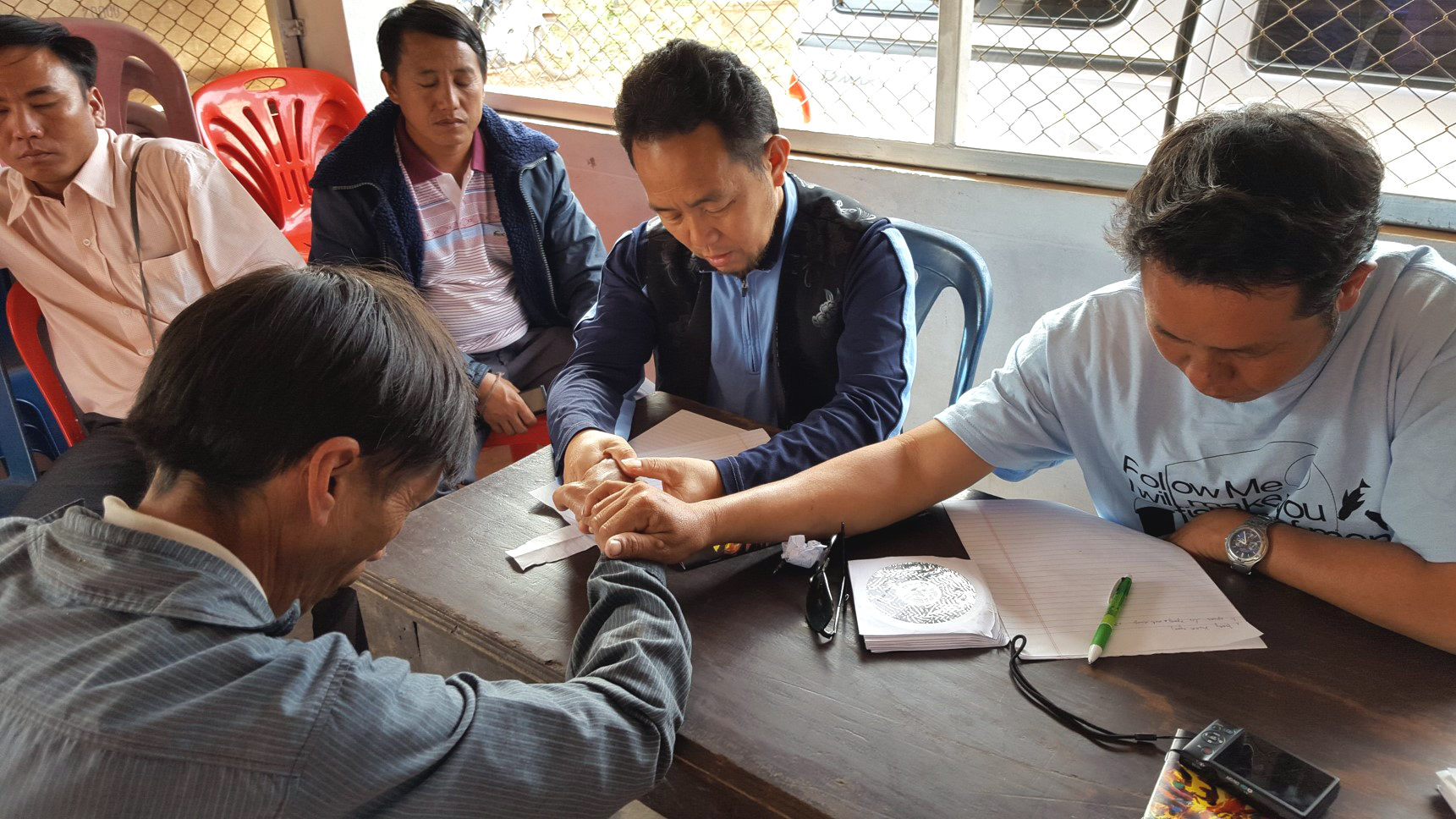
[SLIDESHOW=42388,42389]NAN, Thailand (BP) — Pao Ly’s mission trip to Thailand brought his ministry, in a sense, full circle. It also symbolized a coming of age for Southern Baptists whose ethnic heritage traces back to the hill country of Southeast Asia.
Ly, who is pastor of First Hmong Baptist Church in Morganton, N.C., was making his first overseas trip to work among his own people group. He had not been among Hmong people in Southeast Asia since his family left the region in 1976.
Now, as president of the Hmong National Baptist Association, Ly was joined by his wife Davee and two other Hmong couples in providing Hmong believers from Laos and Vietnam training in leadership and discipleship at a training center staffed by International Mission Board workers.
 The team also was able to work in Hmong villages at Christmastime. They helped conduct a medical clinic, held a concert, and handed out treats while sharing the Christmas story.
The team also was able to work in Hmong villages at Christmastime. They helped conduct a medical clinic, held a concert, and handed out treats while sharing the Christmas story.
“We even spent the night, getting the full experience of Hmong life in one of the humble homes,” Ly said. “What I saw was an eye opener.”
Although they have roots in China, the Hmong in Southeast Asia are located primarily in Laos, and many of them live today much as their great-grandparents did a century ago. Their homes are simple structures with woven bamboo walls, and the families eke out a living by keeping livestock and by farming the steep hillsides.
But Laos also was a route used by the communist Vietcong to smuggle supplies during the Vietnam War in the 1960s. As the U.S. military began to focus air strikes on the Ho Chi Minh Trail, many American pilots were shot down, and Hmong villagers played a key role in rescuing them. When the war ended in 1975, the Hmong people were persecuted for collaborating with the Americans, and many fled to the United States as refugees.
Forty years later, the 55 congregations of the Hmong National Baptist Association are turning their attention back to their homeland, looking for ways to help Hmong churches in Southeast Asia.
“As president of our organization, the goal in going there was to assess what the needs were and to do some leadership training,” Ly said. “What is it like? What are the needs of new Christians or the established churches? Being there, seeing all of that, made me see there is much work needing to be done.”
The Hmong association is planning to return to the region in 2017 during the Hmong New Year, Ly said. The team will focus on evangelism and discipleship training and will acquaint Hmong church leaders with resources the Baptist association has available: a Hmong-language Bible, theological education materials and a hymnal as well as accompaniment tracks and worship videos.
Ly asks friends to pray that Hmong believers in Southeast Asia would look to God for provision in difficult circumstances and that Hmong National Baptist Association volunteers would be able to meet the needs of church leaders hungry for ministry resources.
He also asks for prayer “that Hmong Americans would have a heart burdened to share the Gospel. One of the problems we have in America is that we have too much. We have become very complacent, very comfortable in our lives. We don’t sense that God has blessed us to go back and to help the needy.”
For more information about the Hmong National Baptist Association, visit www.hbna.org.

















